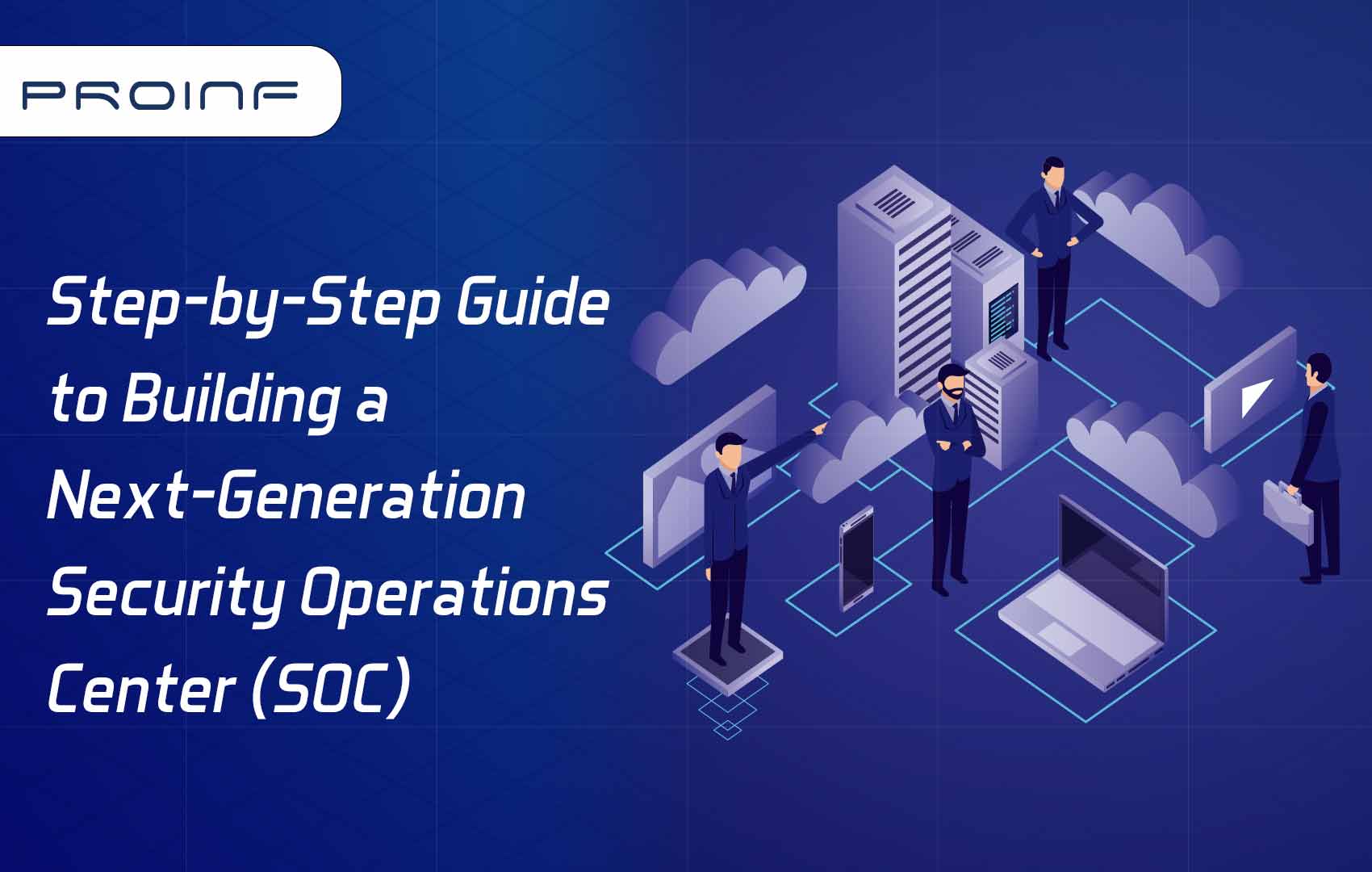Top 10 Key factors for Efficient IT Infrastructure Architecture and Designing
Digital transformation has amplified the market reach of enterprises globally. Enterprises with unique products are leaving their piers behind to capture this exploded market. But every product needs the support of a robust IT Infrastructure, and coming up with such an entity is no mean feat. Designing such a comprehensive solution that is robust, flexible, and scalable is the most intriguing part of a software architect. The solution formulation of the architecture should support data integrity, consistency, and performance aside from many other factors.
Let us know the Top 10 Key factors that make an efficient IT infrastructure architecture and design:
1. Understanding the requirements:
Understanding Functional and Non-functional requirements are essential while designing an IT infrastructure architecture. Jotting down and mapping all the functional requirements at the drafting stage is critical, as it helps teams stay on the right path and deliver the desired product. Parallelly, considering various non-functional requirements like reliability, performance, security, and others helps in the later stages of development.
2. Layering & Loose Coupling:
Minimizing the dependency between components/application tiers in the application architecture enables easy scalability without affecting the components. For instance, leveraging Spot Instance by loosely coupled applications like Hadoop, web tiers, Stateless, etc., can significantly reduce costs and improve the application’s robustness. Likewise, using SQS helps in easy decoupling and scaling microservices.
Horizontal and Vertical layering of the entire architecture helps to get insights into every individual component, the objective of each layer, and how each layer influences the other as product development matures. Customers can receive the product process, and the teams can have constant feedback with vertical layering. The horizontal layering reveals individual components that make the architecture.
3. Implementing the CAP Theorem
The CAP – Consistency, Availability, and Partition Tolerance are fundamental to the system design. Consistency deals with all the clients having the same view of data. Availability indicates that every node should be able to respond in a given amount of time for all read and write requests. Any faults in the connecting nodes can partition the network into two or more partitions. Despite this scenario, the system continues to uphold its consistency and function. The upholding of the system is Partition Tolerance. The system can always accommodate only two factors, the third factor being a tradeoff.
4. Scalability – Vertical and Horizontal
Providing a fluid user experience with minimal latency is the biggest challenge while designing IT infrastructure. By design, IT infrastructure should support horizontal scaling with ease along with vertical scaling. Horizontal scaling is vital when conducting noise tests – the amount of traffic your network can handle. Adding more power (CPU) to a given server refers to vertical scaling, and expanding the hardware infrastructure (more servers) refers to horizontal scaling.
5. Going Serverless
There are no tradeoffs when it comes to latency and user experience. Latency issues are common with applications running on servers owned by enterprises while serving global clients. However, long latency times can adversely affect leads-to-client conversion rates in the long term. Therefore, enterprises can opt for content network delivery services and go serverless. Going serverless aids infrastructure scaling, reduces efforts, keeps costs in check, and provides low latency.
If an enterprise is running its servers, it should use proxy servers, adopt an object storage approach, use the RAID technique for data storage, and use Google File System for file directories.
6. Address failure points
No architecture is fail-proof. Borrowing the thought of ‘what if it failed’ helps to build a robust and resilient system with solid recovery. If the enterprise addresses a global audience, it is better to use multiple availability zones/regions. Similarly, using elastic IPs, fully managed database services (Ex: Aurora and DynamoDB) help achieve durability, throughput, cost savings, and availability.
7. Cost optimization
Cost optimization refers to making the utmost use of available resources rather than rationing the budget. Beginning with rapid prototyping and testing on a pay-as-you-go model helps cut and minimizes initial costs. Using tools like trusted advisor recommendations, autoscaling, burstable performance instances, and in-depth billing reports helps stay on top of the spending and limit the expenditure.
8. Load Balancing – Use ALBs and Reduce ELBs
At a given instance, the resources available in an IT infrastructure are constant. However, simultaneously, the volume of incoming traffic is remarkably dynamic. In such a scenario, optimal load distribution among various resources (backend servers) is critical for the application to function flawlessly. To improve performance and keep costs low, reducing the usage of ELBs (Elastic Load Balancers) and replacing them with ALBs (Application Load Balancers) is essential. One can use ALBs to route requests to multiple ports and connect to various IP addresses outside the cloud environment. Additionally, ALBs support HTTP/2, WebSockets, and route requests to Lambda.
9. Get polyglots onboard
Every computer programming language has its pros and cons. However, it is well-established that it is easier to solve particular problems in a specific language. Polyglots can provide a broader approach to problem-solving, increasing the resilience and throughput of the application. For instance, Rails/Ruby is suitable for application building, Python for Machine Learning and Artificial Intelligence, C++ for Performance critical services, and so on.
10. Human Resources
The most significant part of any IT infrastructure architecture and design is an efficient, experienced workforce behind it. Having a team with solid and unique skill sets that can appreciate challenges is vital. IT enterprises should realize that without an able and robust workforce, the IT Infrastructure Architecture will fall apart, no matter how powerful and cool the code is. A strong workforce is considered a bare minimum when designing an Architecture capable of tolerating high noise.
Takeaways:
The IT Infrastructure architecture and design is the element that propels and expands an IT enterprise’s business. Given the traditional way of building applications, moving to cloud infrastructure is one way of making the best use of resources to achieve high performance. While designing an IT infrastructure, the above factors can look daunting, but moving forward with a structured plan can help avoid many pitfalls and failures that can otherwise undermine your digital journey.


